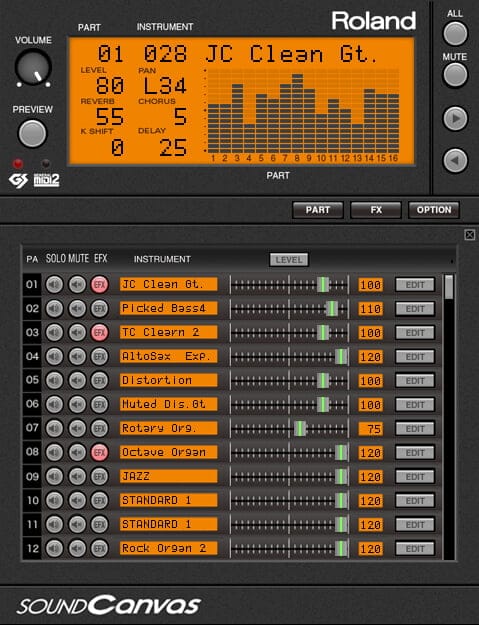
Setting up overlays and scenes in OBS can be very time consuming and a lot of work. NDI Filter - An OBS filter that outputs its parent OBS source to NDI.NDI Output - Send the main program view over NDI.

The three integrations they offer currently are NDI Source, NDI Output and NDI Filter. If you don’t have a capture card just yet, the NDI OBS plugin is a great workaround to capture video over your network without buying additional hardware. There are a number of different OBS audio plugins provided by ReaPlugs that are all worth trying out, including compressors, IIR based equalizers and a configurable gate with side-chain filters. VST Plugins are a great way to enhance the audio quality of your stream, and are fully supported by OBS. Restart your machine and make sure Light Host is running! If you get a warning message simply set it to skip the warning next time.From OBS mic filters to OBS Noise Gate and green screen effects, there are a ton of plugins you can use to extend the functionality of this versatile platform.
REAPLUG VST WINDOWS

Do NOT record with the microphone device directly. You can type a value at the bottom of the slider as well.īe sure you have either your default device selected OR the VB-Audio Virtual Cable we set up before. If the mic is too quiet, adjust the "output gain" slider on the right up in increments of 3 dB.

You can use any recording software, or even "listen to device," but we recommend Audacity. Listen to a recording of what the mic sounds like now. You should end up with a graph at the bottom that looks something vaguely like this: With the room as quiet as possible and the mic on, click on the "Automatically build noise profile button" - let it run for a couple of seconds and then click it again to turn it off. Left-click on Light Host and select the new reafir_standalone plugin and click edit. Your VB cable icon will likely look different from mine. Right click it and set it to both the default and default communication device. In this list you should see the VB-Audio Virtual Cable again. Now right click on your speaker icon and select "Sounds", and move to the recording tab. Go to your sound settings for both the mic and the virtual cable and make sure their sample rates are set to the same number (usually 16 bit, 48khz). Realtek Microphone or Antlion USB, etc.įor the output select VB-Audio Virtual Cable Once again open Light Host by left-clicking the icon and select "Preferences." Make sure the input is set to the mic you want to use, e.g. We're going to make Virtual Cable be this new "microphone."

In simple terms, Light Host needs somewhere to send your mic audio. If you have done it correctly, you'll now see reafir in the "Active Plugins" list in the Light Host menu. Left-click the Light Host icon again and you should now see "Cockos" in the Available plugins menu. Scan the directory you installed the Reaper VST and you should now see a list of various plugins. Click it and select Scan for New or Updated VST Plugins. Left-click the icon and select Edit Plugins.Īt the bottom of this screen is an "Options" button. If all has gone well you should have the Light Host icon on the bottom right.
REAPLUG VST INSTALL
3: Download & install Virtual Audio Cable


 0 kommentar(er)
0 kommentar(er)
